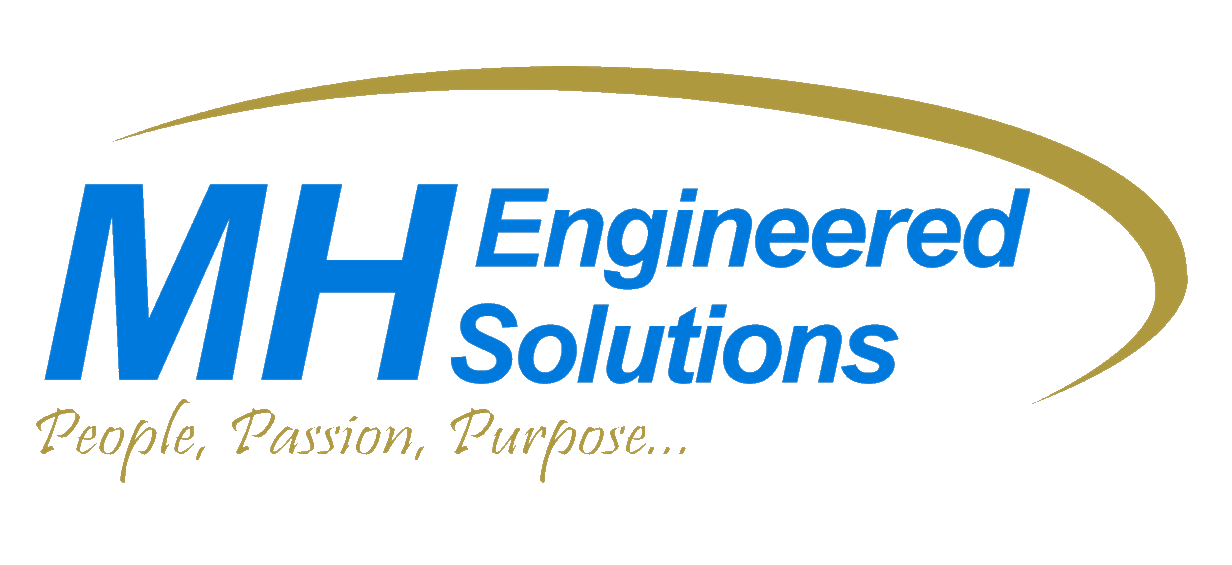Planning and Executing a Successful Distribution Center Expansion
Executing an expansion or modernization of a Distribution Center is not an easy task to execute. The proposal drawings and sales presentation make the end result look appealing, but the transformation from existing conditions to the end product is a very detailed, well planned, and coordinated journey. We like to use the P.A.C.E. process (Planning - Attitude - Cooperation – Execution).
Be cautious of the firm that tells you "No Problem", "You won't even know we're here", "We will stay out of your way" - or any feel-good statement that makes your gut turn over. The fact is, expansion or modernization is a very difficult undertaking when you are trying to operate your business and execute a project transparently to your customers. As a client of mine most accurately described the process, "It's like remodeling the only bathroom in your house and you have a wife and three daughters living with you!"
Planning - As Steven Covey tells us, "start with the end in mind". Know what the end product needs to look like and design backward to the existing conditions. When developing your design, consideration needs to be given to the existing operation and how you are going to impact the operation. Every action has an equal and opposite reaction. Sometimes the end result is a by-product of how to get there from your starting point. Concessions may need to be made in the final design, or you may need to invest in temporary work areas or equipment. Don't underestimate the impact of shutting down an operation's ability to ship orders. The cost of a shut-down may be far more painful than an investment in short-term work aids.
Attitude - If you're going to fight with your client, fight early before the project execution begins. Make sure the client knows what to expect and set the tone and expectation of the project execution phase. Let the client know that the process is not going to be without its angry moments, frustration, anxiety, and long work hours. But also let the client know that it is a short period of time in the grand scheme and when the project is over, the end results will be more than worth the pain to get there. NO PAIN NO GAIN.
Coordination - Coordination between you and your client is essential. Plan around your customer's business - peak times, physical inventory, end of month rushes, purchasing cycles, etc. Your client most likely won't associate these events with this project. Be pro-active and lay these issues out on the table. As well, an agreement needs to be made on work hours, receiving hours, staging space, after-hours, and weekend work. If there are critical cut-over phases in your project, go over those phases thoroughly so that your customer knows what to expect and what is expected of him. Be sure the "execution plan" has a mutual agreement between you and your client.
Execution - Once the plan is developed, the attitudes are set and you and your client are on the same page as to how the project is going to work, it's time to execute. Monitor the progress closely and make adjustments early and as needed. Consistent project update meetings are a must and reliable, truthful information must be shared on the progress of the plan. If adjustments are needed, go back to step one and plan, set the Attitude and Coordinate with the client so that everyone is on the same page. Follow the plan, but don't be embarrassed to make adjustments. Many surprised linger in corners that you couldn't see. Recognize and respond to surprises, don't ignore them. Execute the plan, but don't be too proud to change the plan when needed.
Set the P.A.C.E. of the project, communicate often and effectively with your client and crews, and your project will be successful and the pain of the process will be forgotten.

